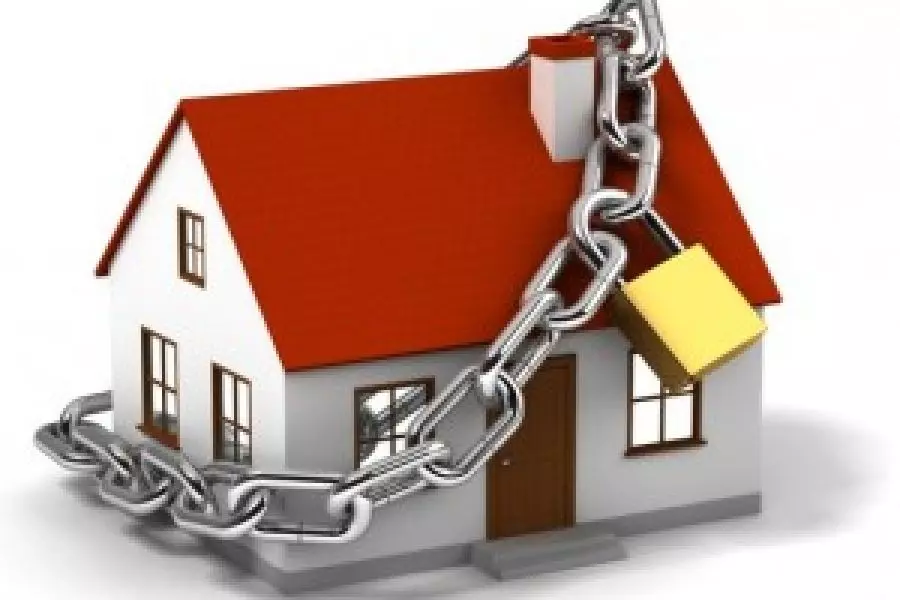News
Top five tips to protect against meth contamination

Friday 14th of April 2017
Barely a week goes by without a horror story involving a property damaged by meth contamination but, last week, the Tribunal ruled in favour of a Blenheim landlord trying to deal with such a situation.
In January, Tasha McCracken’s rental property was discovered to be contaminated with meth and it cost her over $14,000 for testing and remediation to get it back to a safe standard<...
Want to read the full article?
Click the button below to subscribe and will have unlimited access to full article and all other articles on the site.






![[The Wrap] Bye Bye Bayly](https://goodreturns.publit.io/file/c_fill,w_900,h_600/39f23ac1-f7c7-4854-b700-a150004ebbac.webp)


